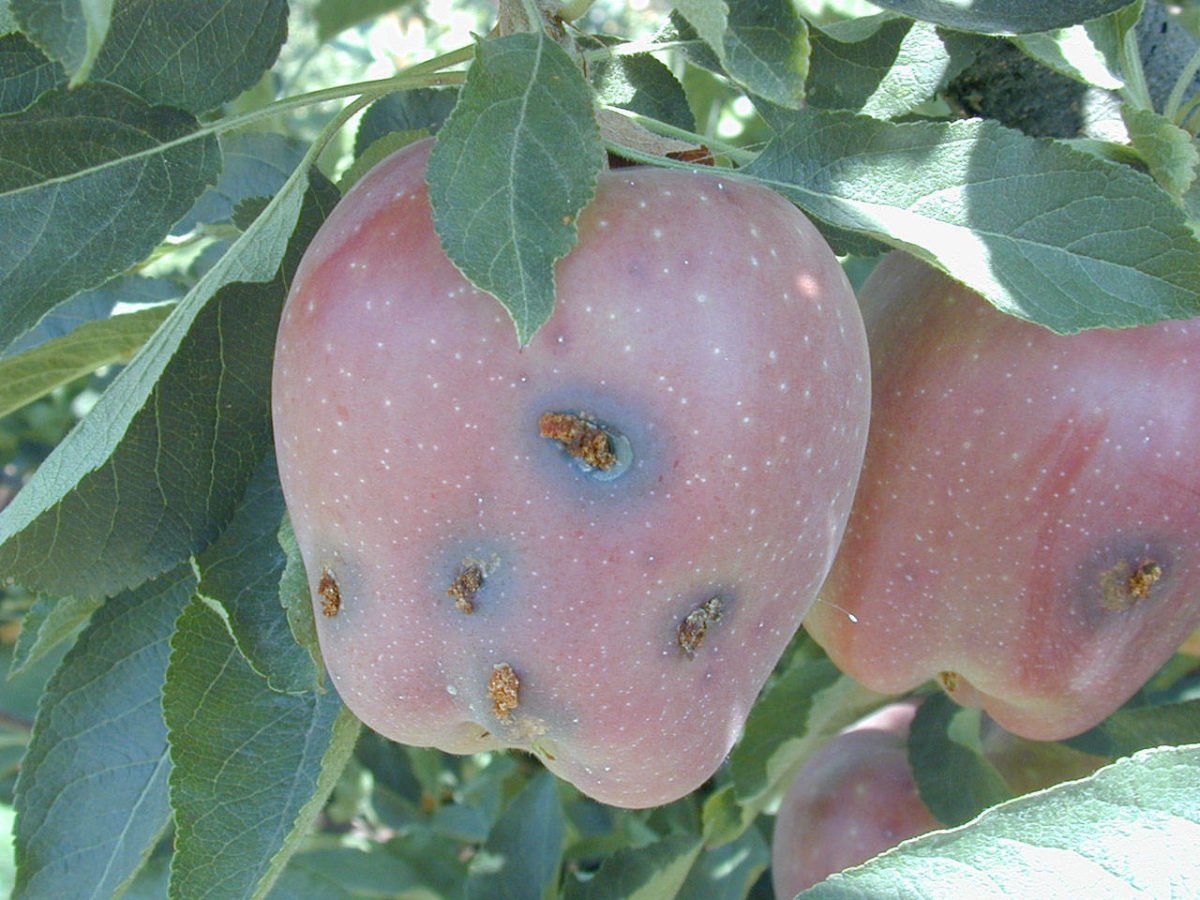
With days lengthening and soil warming, growth is leaping ahead. A little feeding, mulching, and trimming now will set your garden up beautifully for summer. Plant seeds soon, and you’ll have flowers blooming by Christmas.
Spring bulbs
Tulips, daffodils, and other bulbs are still brightening gardens. Don’t cut foliage back too soon — the green tops are feeding next year’s bulbs. If clumps are overcrowded, lift them with foliage attached and tuck them away to die back, or share them with friends. Deadhead spent blooms, though bluebells spread faster if left to seed.
Soil and compost
Sifted soil is useful for reseeding lawns, topping up pots and baskets, or bulking out peat-based mixes that dry too quickly. Compost heaps are heating now — layer clippings, hedge trimmings, manure, soil, and soft weeds, and keep moist to encourage decomposition. Consider planting comfrey for its living-fertiliser qualities.
Cuttings and shrubs
Take tip cuttings of lavenders and shrubs now, using firm stems with a touch of hardwood at the base. Strip leaves, dip in hormone, and set into damp, sharp crusher dust. Trim winter-flowering Ericas, cut fuchsias back hard (they flower on new wood), and pinch chrysanthemums to keep them bushy. Dahlias are emerging — plant in sunny, free-draining sites. Hold off trimming box hedges until new growth has firmed.
Flowers and bedding plants
Plant bedding plants now for a colourful Christmas display. Dead-head pansies and violas, cut back and feed with liquid fertiliser for repeat blooms. Shift polyanthus into cool, shady spots once finished. Regular dead-heading keeps beds tidy and flowers coming.
Ponds and orchids
Divide and repot cymbidium orchids if crowded. Water lilies can be planted in lined baskets with soil and topped with shingle to stop fertiliser leaching. As water warms, fish begin breeding — move larger fish into another location of pond water if you want the young to survive.
Lawns and mulch
Lawns are lush, and mowing is back in full swing. Mulch shrubs, trees, and garden beds. Scatter clippings lightly, or use bulk mulch such as compost or straw to conserve moisture and improve soil ahead of summer. Consider planting comfrey for its natural fertiliser benefits.
 Codling moth damage.
Vegetables and glasshouses
Codling moth damage.
Vegetables and glasshouses

Once the soil warms, sow beans, corn, courgettes, pumpkins, and squash outdoors. Potatoes will be ready for mounding. In glasshouses, plant tomatoes, peppers, and cucumbers. Enrich soil with well-heated compost, and never leave tomato leaves wet overnight.
Home-made fungicides: Garlic and pepper spray: blend 1 bulb garlic, 2 tbsp canola oil, 4 hot peppers, and juice of 1 lemon. Steep overnight, strain, then add 4 tbsp to 1 gallon of water. Spray both sides of leaves at the first signs of disease. Powdery mildew spray: mix 4 tsp baking soda, 1 tsp mild soap, and 1 gallon of water. Spray the top and bottom of all leaves, not just those infected.
Fruit and orchards
Keep watch for fungal diseases on fruit trees and grapes, and spray if required. Spring flowers trigger codling moth activity — as soon as petals fall, it’s time to act. Mulch to retain moisture.
Home-made codling moth trap: Place 1 banana peel, 1 cup vinegar, and 1 cup sugar in a plastic milk container. Fill almost full with water, shake well, remove the cap, and hang in apple trees.
Moths drown when attracted to the scent. Refill with water as needed through summer.
Mulch fruit trees with a compost/clippings mix, and consider planting comfrey for its natural fertiliser benefits.












